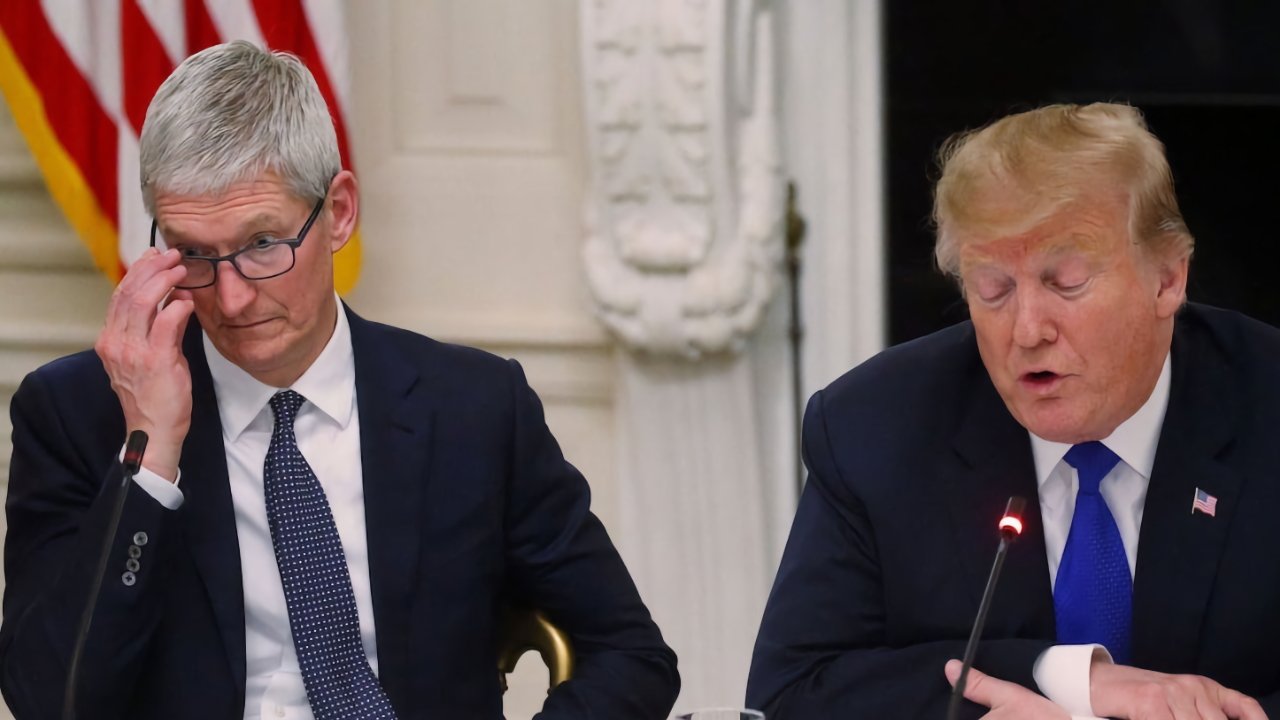Recent reports have sparked concerns about a significant escalation in tariffs imposed by the United States on Chinese imports, with figures suggesting an increase to 245%. However, a closer examination reveals that this figure pertains to specific categories and does not broadly apply to the technology sector or companies like Apple.
Understanding the 245% Tariff Figure
The 245% tariff mentioned in recent communications from the White House refers to the maximum rate applied to certain imports from China. This rate is not a new imposition but rather a reinstatement of existing tariffs on specific goods. For instance, products such as Fentanyl and certain medical supplies have long been subject to high tariffs due to their sensitive nature. These categories are distinct from consumer electronics and do not impact major technology firms.
Current Tariff Landscape for Technology Products
As of April 2025, the tariff landscape for technology products remains complex but has not seen the dramatic increases some reports suggest. Initially, the U.S. set a tariff of 104% on Chinese imports, which was later adjusted to 125% following China’s retaliatory measures. Subsequent clarifications indicated a further increase to 145%. Despite these adjustments, the technology sector, including companies like Apple, has been navigating these changes without facing the uppermost tariff rates.
Apple’s Strategic Responses
Apple has proactively addressed the challenges posed by the evolving tariff environment. In March 2025, the company airlifted a record $2 billion worth of iPhones from India to the United States. This strategic move aimed to mitigate the impact of impending tariffs under President Donald Trump’s trade policies. By leveraging its manufacturing facilities in India, Apple sought to diversify its supply chain and reduce reliance on Chinese production.
Market Reactions and Policy Adjustments
The announcement of potential tariff exemptions for key electronics, including smartphones and laptops, led to a positive response in the stock market. Tech and auto stocks rebounded after President Trump indicated possible exemptions, signaling a shift in trade policy. This development provided temporary relief to companies like Apple and Samsung, which had been bracing for the impact of higher tariffs.
Broader Economic Implications
The broader economic implications of the U.S.-China trade tensions are significant. The implementation of new tariffs threatens to end a 25-year era of affordable consumer goods in the U.S., potentially leading to higher prices for clothing, electronics, cars, and furniture. While the administration’s goal is to revitalize domestic manufacturing and create high-paying jobs, economists warn that these benefits may be offset by increased consumer costs and challenges such as automation.
Conclusion
In summary, while the U.S. has adjusted its tariff rates on Chinese imports, the widely reported 245% figure applies to specific categories and does not broadly impact the technology sector. Companies like Apple continue to adapt their strategies to navigate the evolving trade landscape, seeking to minimize disruptions and maintain their market positions.



